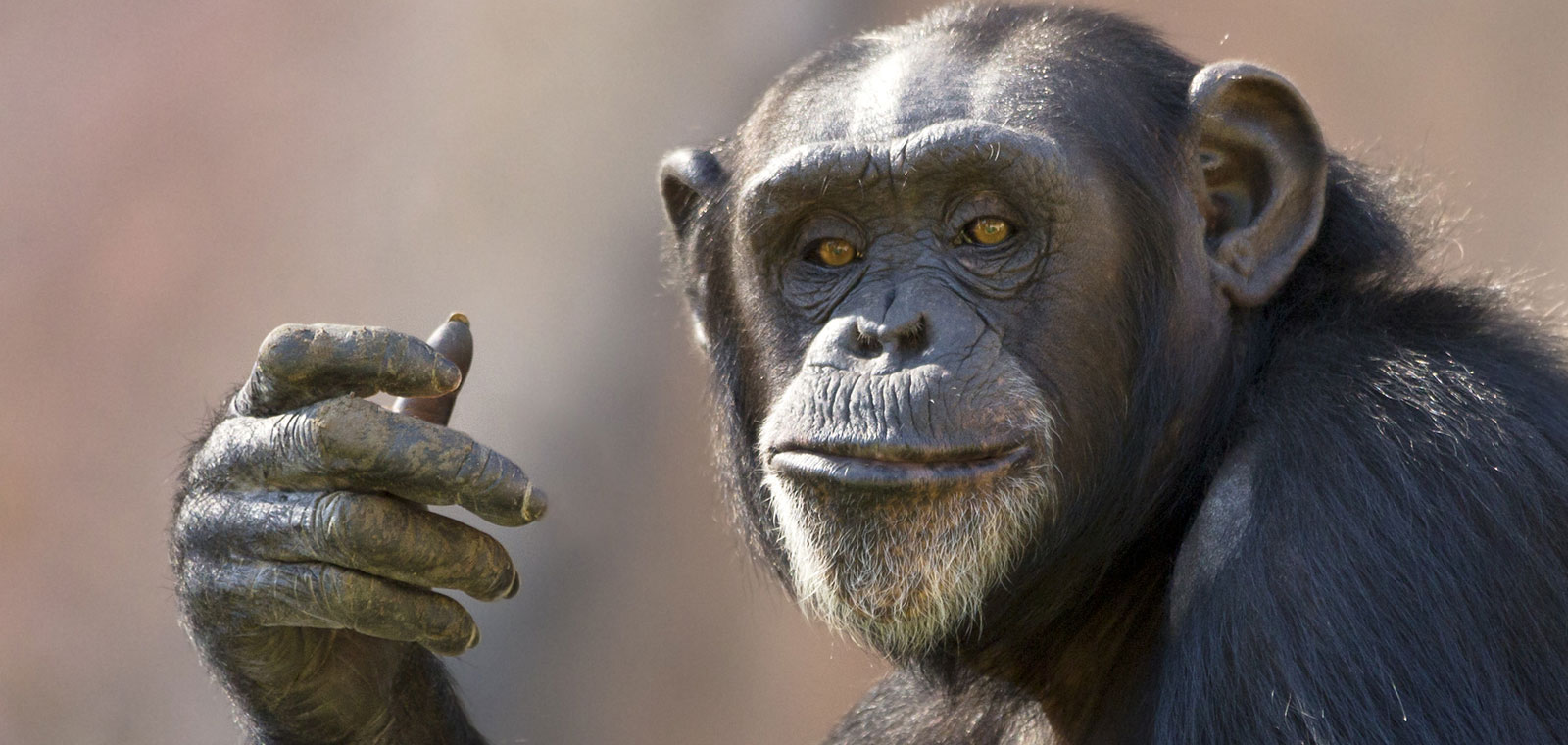
This year, the Nobel Prize in Medicine has been awarded to Harvey Alter, Michael Houghton and Charles Rice. This means that the Nobel Prize is also a bit for all the laboratory animals that made this research possible. And when we talk about laboratory animals, in this case we are talking about chimpanzees.
Biomedical research with chimpanzees is no longer allowed in Europe. This does not alter the fact that chimpanzees played a crucial role in the research into the hepatitis C virus. In 1978 Harvey Alter showed that a blood transfusion with blood from patients could transmit the disease to chimpanzees. Michael Houghton isolated the virus from a chimpanzee in 1989 and unraveled the genetic makeup of the virus. Charles Rice showed in a chimpanzee that exposure to the virus was enough to develop liver disease.
Assassin
Despite an estimated 70 million people being infected with hepatitis C virus, it may be the most difficult virus to investigate. It cannot be grown outside the body in a test tube and only humans and chimpanzees are susceptible to the virus. The hepatitis C virus is an assassin. In about 1 in 5, the immune system is able to attack and clear the virus in the right way. The virus remains chronically present in the other patients. In that case it often takes years before they go to a doctor with medical issues. But then the suffering has often already happened. The virus turns the liver into a functional lump of scar tissue (liver cirrhosis), or causes liver cancer.
Chimpanzees
Chimpanzees seem to deal with the virus a little differently than we humans. Of all chimpanzees that have been deployed in the past, none has been described in the literature with liver cancer or cirrhosis. That does not mean that data from chimpanzees cannot be used. In fact, partly thanks to this difference, we now know that the disease is only partly caused by the virus and partly by the immune system.
Why does the virus disappear in one patient but not in another?
This question is difficult to answer in humans because people initially have no clinical symptoms at all and therefore do not know when exactly they became infected. Studies in chimpanzees have shown that there is a delicate interplay between genes of the virus (thousands of different variants have been described) and the host (each human has a unique set of genes, and the genes involved show almost infinite variation).
Vaccine
Unfortunately, researchers have never been able to develop a vaccine against hepatitis C virus. Every vaccine research starts in culture dishes, but this virus could not be cultivated. In fact, in its natural form it is still impossible to grow. To overcome this, culture systems first had to be developed for a kind of hepatitis C-like surrogate viruses.
Tailor-made medicines
The good news is that drugs have been around since 2011. The so-called “Direct Acting Antivirals” are specific antivirals that prevent the hepatitis C virus from multiplying in the patient. The new drugs not only prevent the patient from passing on the virus, but even give the liver a chance of recovery.
Partly thanks to chimpanzees, the current challenge is no longer curing hepatitis C, but finding the unknowingly infected patient. That's why this Nobel Prize is also a bit ment for them.

